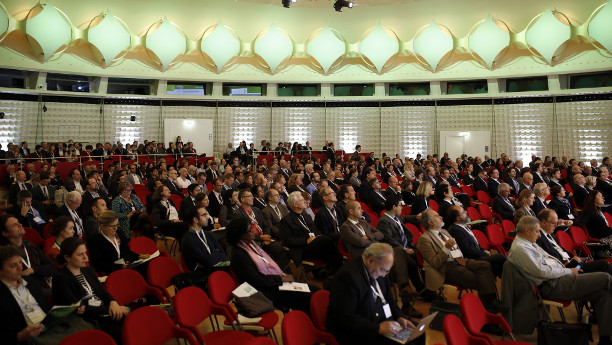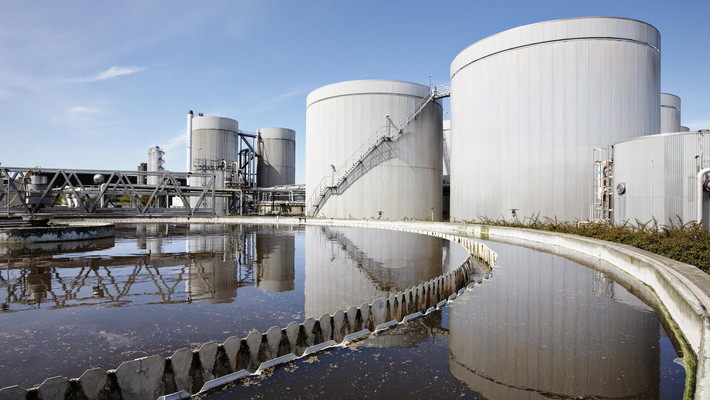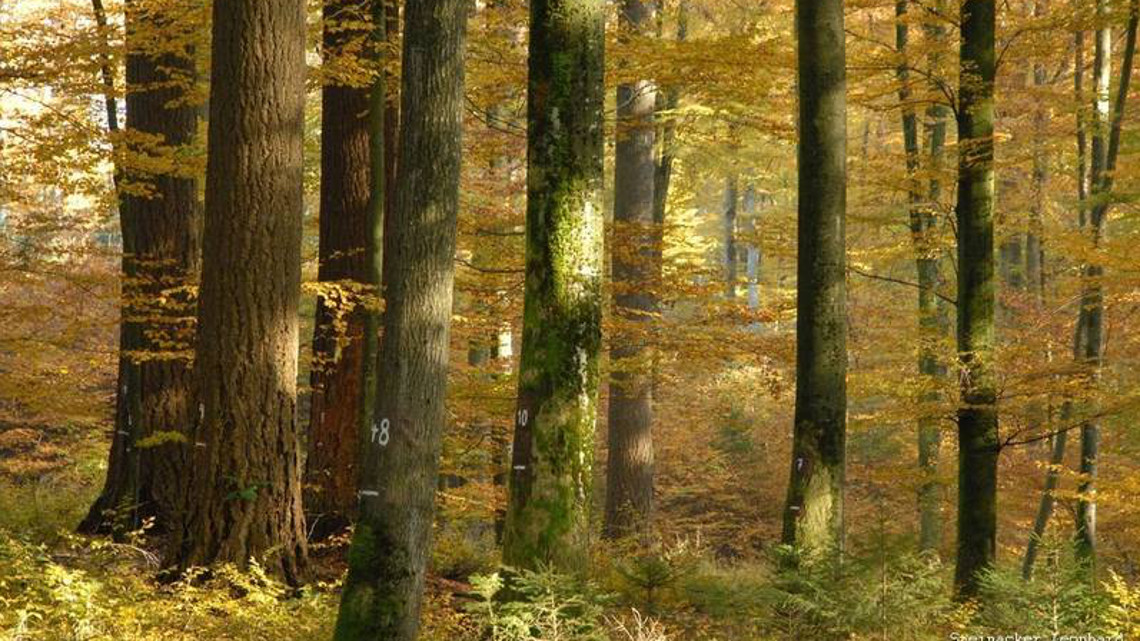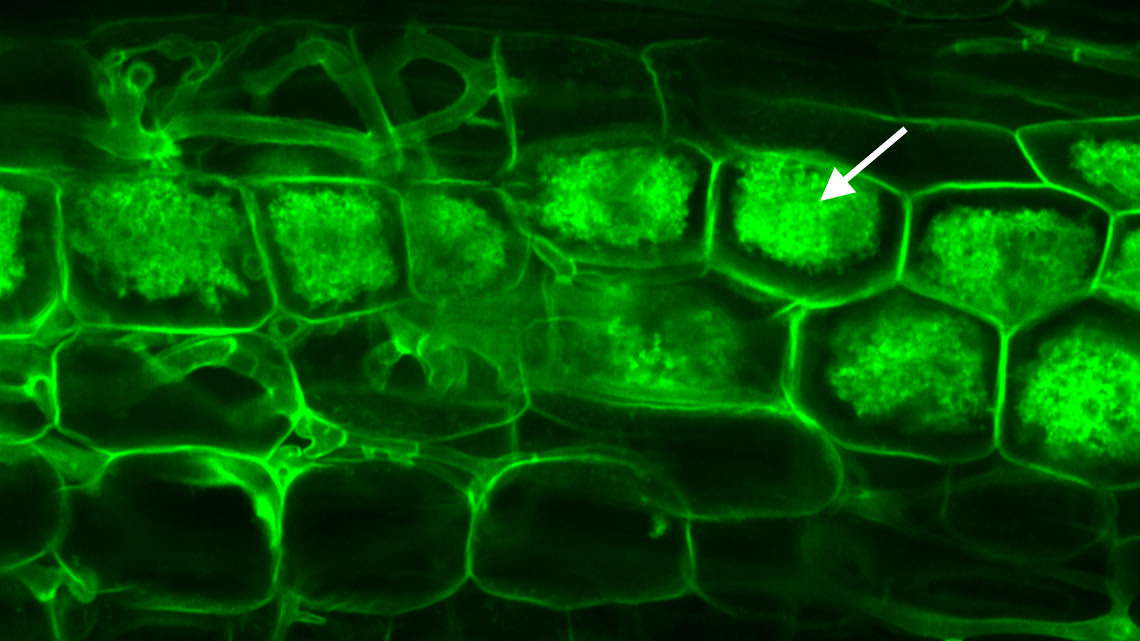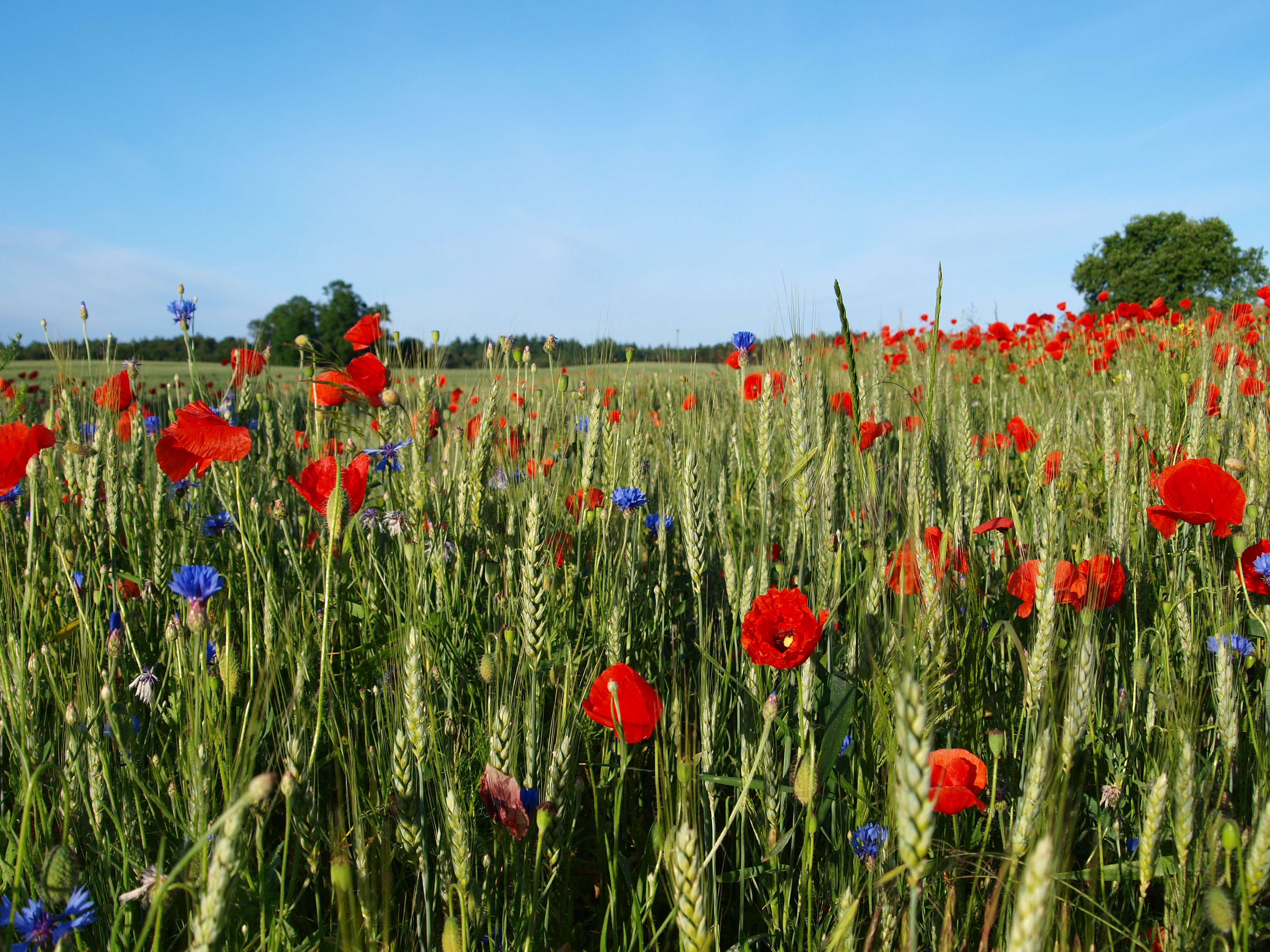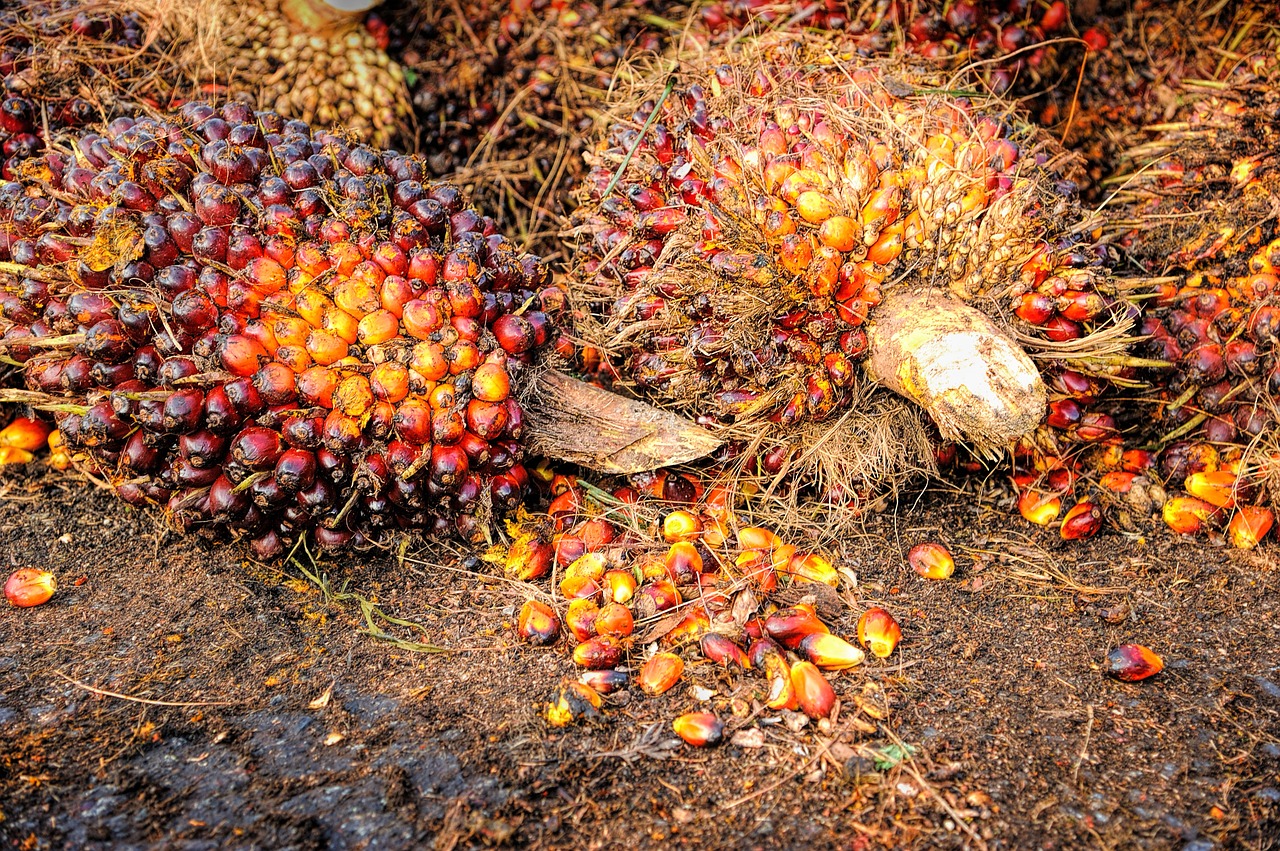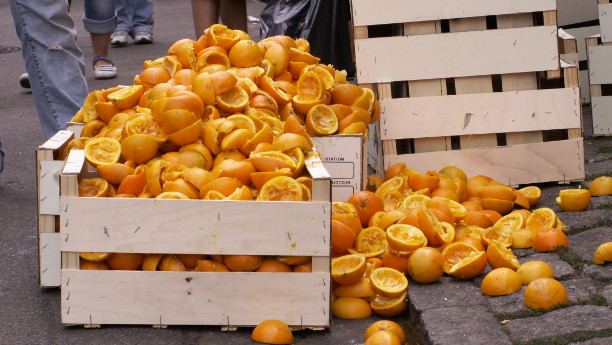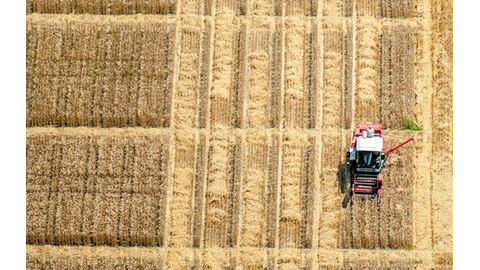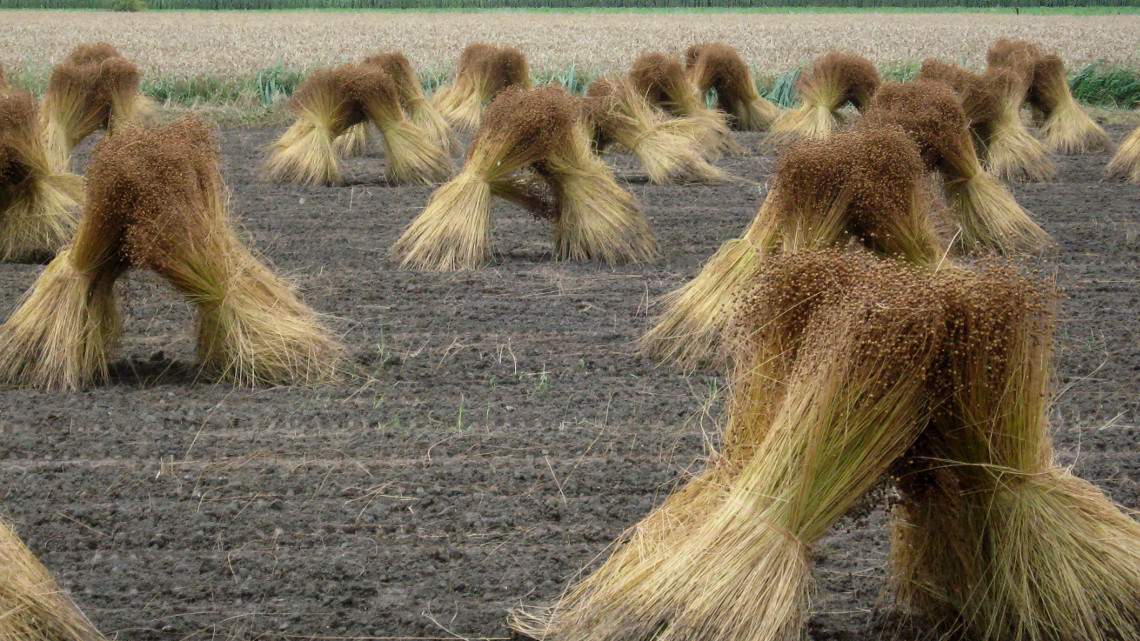27.04.2016
Basics
unspecific
unspecific
unspecific
Basic facts: What's bioeconomy?
Bioeconomy is a modern and sustainable form of economic activity based on the efficient use of biological resources such as plants, animals and microorganisms. All sectors that produce, process or in any way use biological resources, contribute to the biobased economy. These include agriculture, forestry, the energy industry, fisheries and aquaculture, chemical and pharmaceuticals industries, the food industry, industrial biotechnology, cosmetics, paper and textile industries. To continue Germany’s path towards biobased industry innovative approaches are needed. Federal Government has already launched specific funding initiatives for its research and development.
